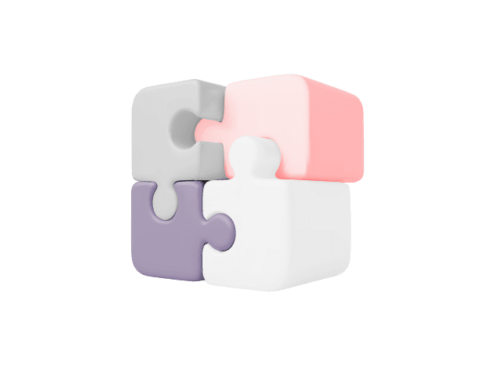
Pharma companies are facing a new challenge in connecting with HCP audiences efficiently and effectively. With increasing content-based initiatives and channels, it became progressively harder to follow modern HCP content-consuming patterns, while delivering scientific data in a trusted, understandable and actionable way.
Integrating modular content into scientific education and training programs can help close this gap and meet the needs of various audiences by breaking long-form pieces into smaller units of information that can be activated at different times and channels.
What is Modular Content?
Modular content is a collection of shorter, interrelated units of content, delivered through different channels and at different times, to meet a specific need — or a set of similar requirements — of HCP audiences. The use of modular content in the pharma, health and life sciences industries has been dramatically accelerating over the past two years, with the ultimate goal of making it easier for organizations to reach and meet the needs of various audiences. Modular content can be conceptualized as short videos, series or articles; they are light on text and heavy on visuals, with an engaging tone and call-to-action at the end of each module.
Modular content breaks down each piece into bite-sized bits, to deliver relevant information and increase the probability that HCPs will connect with your product or treatment.
How Modular Content helps build better relationships with HCP audiences.
Healthcare providers are constantly pulled in different directions. It can be difficult to fully engage with any piece of content—let alone long and complex scientific articles. Also, competitors may be trying to reach out to the same audience, which makes content differentiation and engagement techniques crucial to your success. Using modular content makes it easier for HCPs to effectively consume and absorb scientific content. The secret to its success is the perfect orchestration of key messages, multimedia and visual assets, storytelling and cadence.
Six features to consider when developing modular content for HCP audiences

long-form content can take time to read and process. Shorter, modular content makes it easier for readers to consume and understand the information you’re trying to communicate
publishing content at regular intervals keeps the audience engaged and eager to learn the next chapter or discover the next episode. I will also help to build trust with your audience.
visual content is processed 60,000 times faster than text alone. Visual content has a much higher retention rate than written content. By using more visuals in your modular content, you will increase the chances of engaging HCPs in the long run.
modular content is designed to be easily shared. This makes it easy to share your content with others.
for busy HCPs who don’t have a lot of time to dedicate to reading long articles or books or can only access information on the go or in-between shifts.. Modular content is also very useful for HCPs who are on the go and don’t have access to the internet but still want to learn something new
long-form content has a short lifespan. Short-form content can be used more than once, since it is flexible and scalable.
BONUS: three essential items to focus before implementing a Modular Content strategy
Content planning:
With modular content, you’ll need to plan each module carefully. Ensure you have a clear idea of the target audience, their time and channel preferences, and that your modules are consistent with the story being told.
Visual content:
Visual content makes up a large portion of most modular content strategies. Videos, infographics and other multimedia formats are part of the process of simplifying your scientific narrative. Be sure you have a system for finding and sourcing or creating visuals for your modules.
Cadence:
The cadence should be determined before implementation, but program analytics can and should be used to measure how HCPs react to the current delivery option, and make changes to the distribution rhythm, if necessary.
Breaking down long-form into bite-sized pieces that are easy to consume, scalable, flexible, and channel-agnostic is an excellent strategy for pharma companies looking to connect with HCP audiences more efficiently. Plan each module carefully, use visuals, and ensure content is distributed to the right audiences at the right time.
MORE ARTICLES






